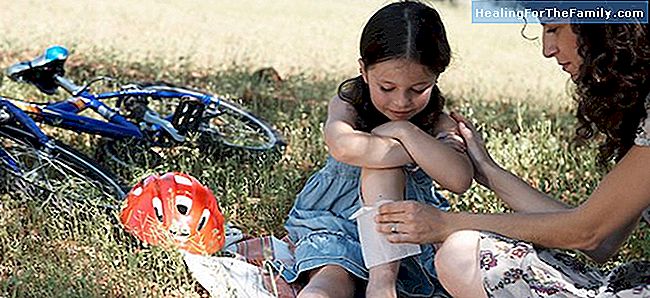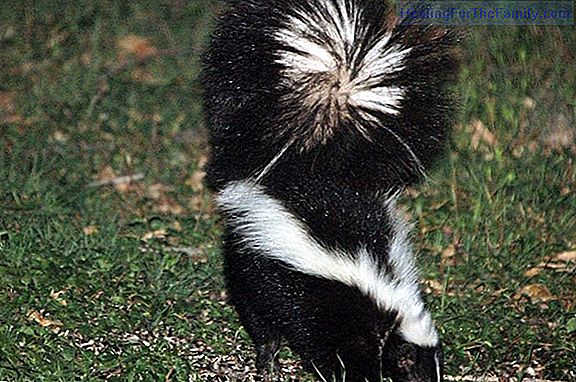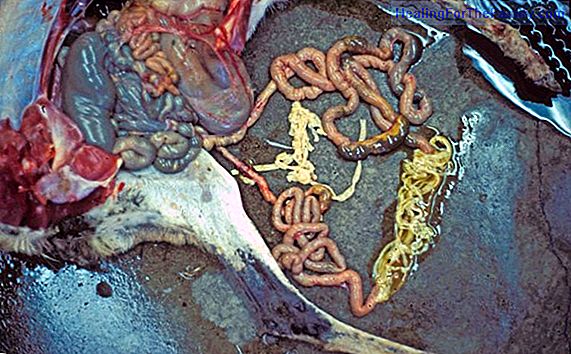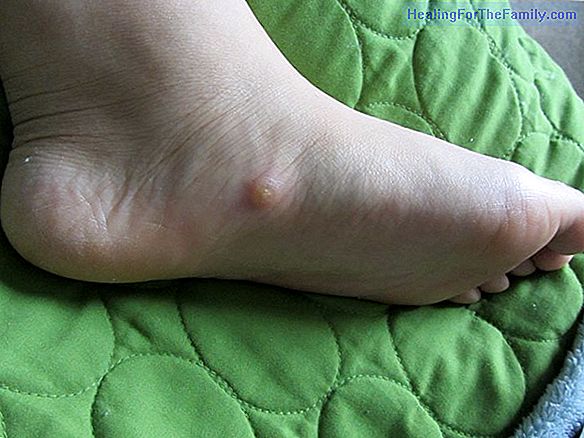How to avoid infection of a wound in children
Before knowing what to do so that a wound does not become infected, it is necessary to know what the infection of a wound is. A wound infection occurs when the microbes are installed in the incision of the skin . These bacteria lodge in the tissues, preventing the wound from healing and causing othe
Before knowing what to do so that a wound does not become infected, it is necessary to know what the infection of a wound is. A wound infection occurs when the microbes are installed in the incision of the skin.
These bacteria lodge in the tissues, preventing the wound from healing and causing other symptoms. The infection can happen in small or large wounds desde, from when they are not treated properly.How to know if a wound is infected
Infection can occur in all types of wounds. In wounds caused by sharp objects, in cuts, tears or burns. Infection is more common in deeper incisions such as large burns or wounds caused by bites. To know if the child's wound has become infected, you can see some signs:

Wounds that do not heal or improve even after treatment. - Wounds that hurt and that bleed easily.- Wounds that present an abscess with discharge or pus of a strange color or bad smell.
- Wounds that have inflamed and very red areas around them
- Wound and warm wounds, when touched.
Some wounds become infected. What to do to avoid it?
Injuries are infected due to
inadequate hygiene and cleanliness
, ineffective healing, or being in contact with or exposed to microorganisms or germs. For this reason it is necessary to disinfect the wound, be it of any size, every day.
When the child is injured, it is important that first we keep it clean and disinfected. And how is that done? We tell you step by step:
1- Wash your hands with soap and water to cure the wound 2- Wash the wound with plenty of warm water and neutral soap, to eliminate possible foreign bodies such as dirt, sand, debris wood, glass or plants, etc.3- Dry, with the help of a sterile gauze (not cotton), from the center to the outside, to drag the germs.
4- Apply an antiseptic solution to disinfect the wound and thus deal with the bacteria. It is best to use one that absorbs easily through the skin and that maintains its action for several hours. Chlorhexidine is an antiseptic that has these characteristics and is also the most used to heal the wounds of children. The presence of allantoin favors even
the hydration of the child's skin
. It is advisable to apply the antiseptic twice a day, until you check that the wound is healed.
How to avoid infection of a wound 1- Use antiseptics such as mercromine on children's wounds. It is proven that these products can produce what is known ascontact eczema
, and if they are used on large surfaces and for a long time, it is toxic to the kidney.
2- Use alcohol to disinfect the children's wound. Apart from causing a lot of pain, it can cause burns and therefore worsen the clinical picture of the wound. The disinfectant and antiseptic action of chlorhexidine lasts longer than that of alcohol.
3- Use povidone iodine in the children's wound. It is more oriented for adults. Chlorhexidine is more effective in the case of children. 4- Use hydrogen peroxide to disinfect. It only serves to clean the wound, in the same way as the physiological serum. Nothing else.












